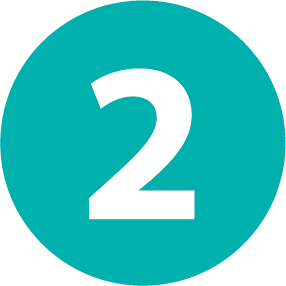Add Critical Thinking to Your Classroom: Student Self-Monitoring Activities

The function of education is to teach one to think intensively and to think critically. Intelligence plus character – that is the goal of true education.
– Martin Luther King, Jr.

INTRO
Fun critical thinking activities to be used for student self-monitoring exercises in conjunction with your curriculum.
Included activities: Interactive Journal and Journal Data Goals
OBJECTIVES
- Organize and evaluate your school’s current MTSS framework
- Plan a cohesive MTSS framework that starts benefitting all students right away
These Student Self-Monitoring exercises can be used in conjunction with your curriculum.
The below activities will foster the following:
1. Allow for more collaboration on rich content between students (student-centered)
2. Provide higher level thinking questions
3. Give ample wait time
4. Increase critical thinking through authentic instruction
 Interactive Journal
Interactive Journal
Simply copying notes from the board is a low level thinking skill, so promote higher level thinking by providing appropriate graphic organizers, question stems, or reflective prompts, which help students recognize their strengths and strengthen their weaknesses through effective critical thinking.
 Journal Data Goals
Journal Data Goals
Students become their own progress monitors.
1. Students write down their goals for the year.
2. Students write down all of their grades.
3. Monitor with graphs and charts to view progress.
4. The goal is not to compare to one another, but to show growth within oneself.
TIPS
- Little Things are smaller efforts you can do tomorrow, or within the next week or so.











Responses